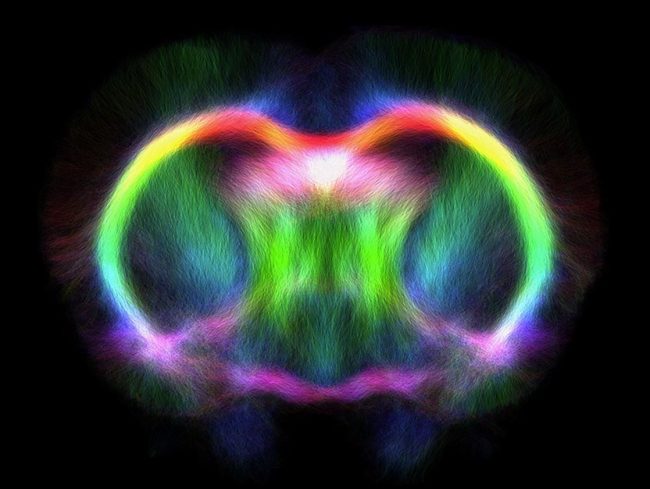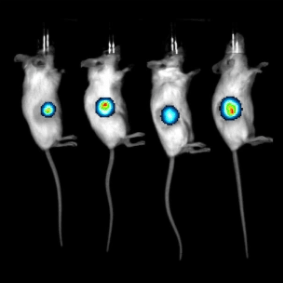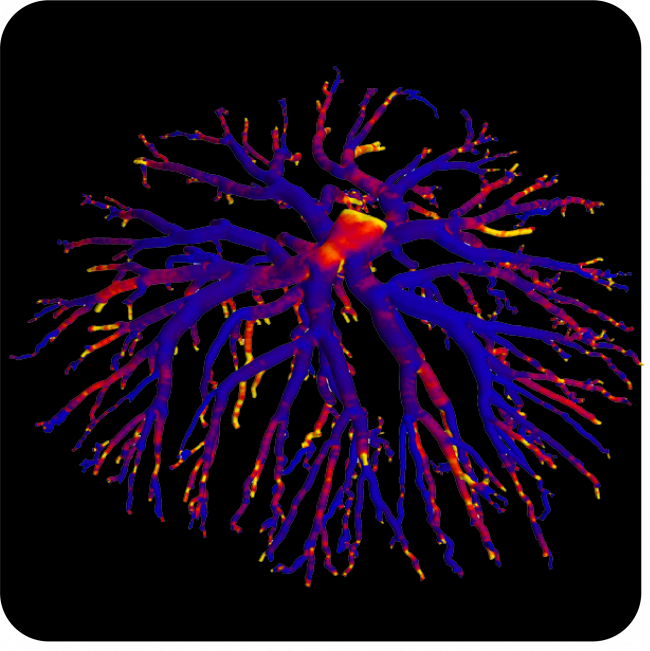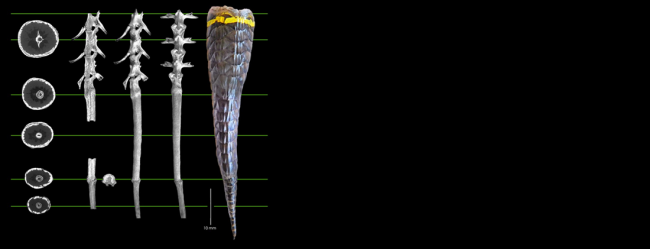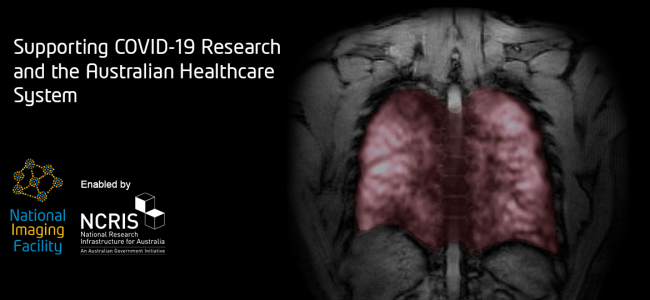NIF Molecular Imaging and Radiochemistry Showcase to be presented at ANZSNM
National Imaging Facility enables access to imaging capabilities across the country and will present a Molecular Imaging and Radiochemistry Showcase at ANZSNM 2022, featuring presentations from a range of research leaders from Australia’s advanced imaging network.
See the full ANZSNM program here.
Register to attend ANZSNM 2022.
National Imaging Facility: Molecular Imaging and Radiochemistry Showcase
Saturday 14 May 2022, 3:15pm – 4:15pm
Session Chair: Prof Wojtek Goscinski, CEO National Imaging Facility
| Time | Speaker | Topic |
| 3:15 – 3:20 | Professor Wojtek Goscinski Chief Executive Officer | Introduction to NIF Molecular Imaging and |
| 3:20 – 3:30 | Professor Steven Meikle Head of the Imaging Physics Laboratory, Brain and Mind Research Institute, University of Sydney | Total Body PET |
| 3:30 – 3:40 | Associate Professor Roslyn Francis Head of Department of Nuclear Medicine and WA PET Service, Sir Charles Gairdner Hospital, University of Western Australia | Radiochemistry activities in Western Australia |
| 3:40 – 3:50 | Professor Gary Egan Professor and Foundation Director, Monash Biomedical Imaging Director, ARC Centre of Excellence for Integrative Brain Function | Australian Precision Medicine Enterprise |
| 3:50 – 4:00 | Prof Kristofer Thurecht Acting Deputy Director (Research Technologies) and Group Leader – Principal Research Fellow, Centre for Advanced Imaging, University of Queensland Affiliate Principal Research Fellow and Group Leader, Australian Institute for Bioengineering and Nanotechnology | Alpha therapies and activities |
| 4:00 – 4:10 | Dr John Bennett Research Infrastructure Platform Leader – Biosciences, | ANSTO’s new NIF Alpha Radioisotopes and Radiopharmaceuticals Facility |


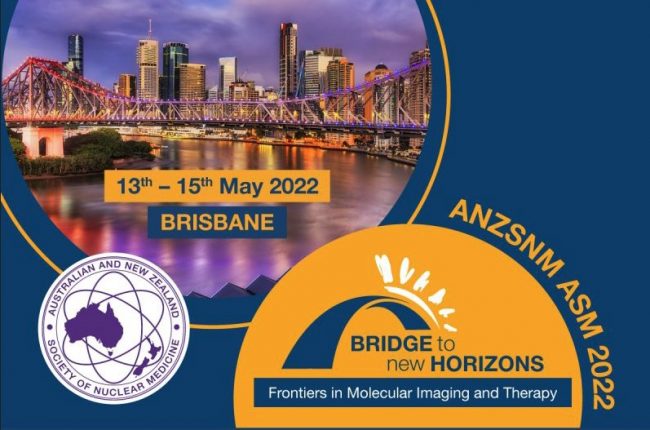





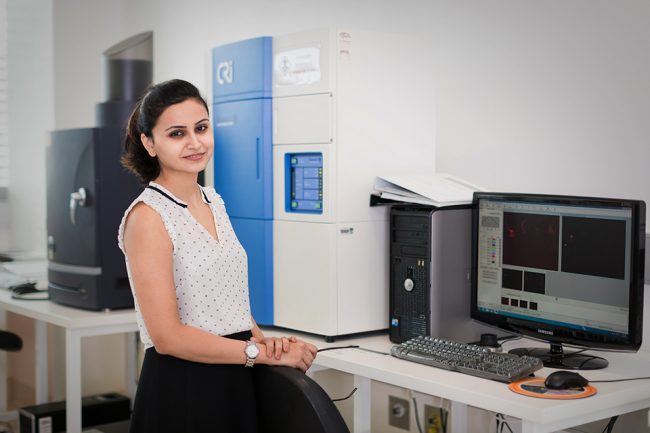
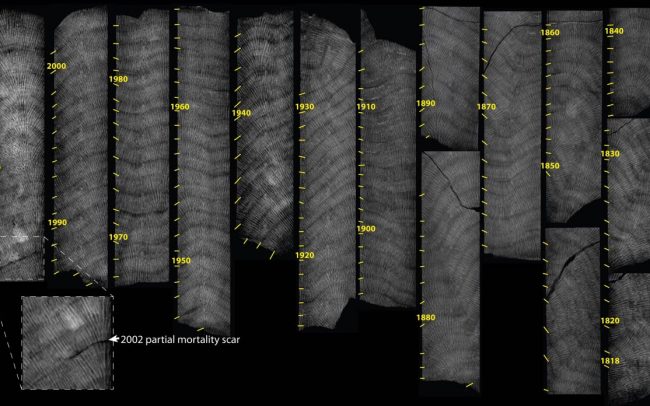 Image: Coral stress band imaging, as part of Diana’s work assisting researchers with the study of acclimatisation of reef-building corals
Image: Coral stress band imaging, as part of Diana’s work assisting researchers with the study of acclimatisation of reef-building corals
